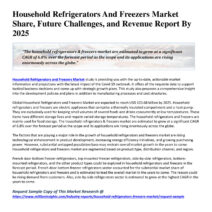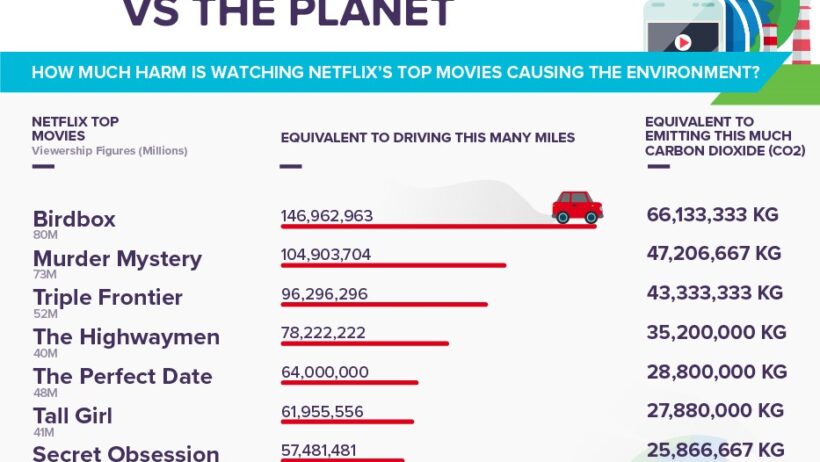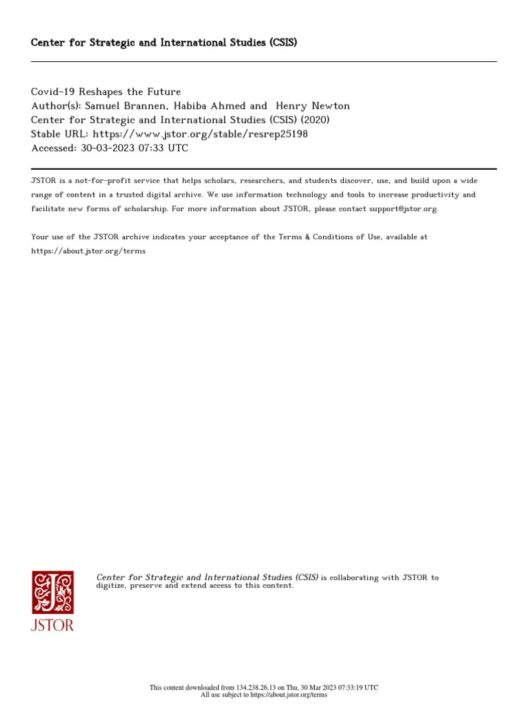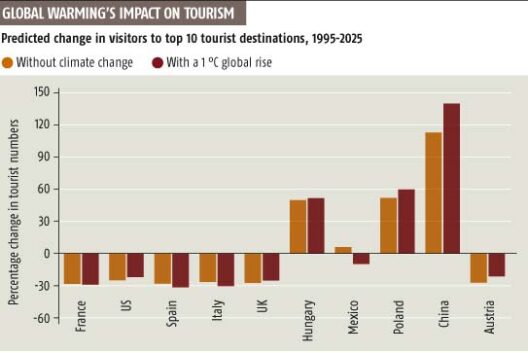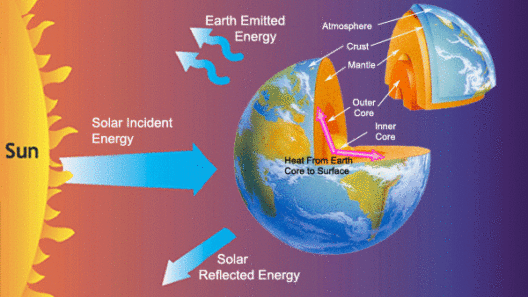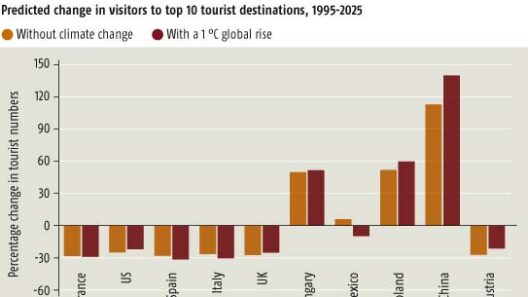In the rapidly advancing digital age, our consumption of the internet has become as ubiquitous as the air we breathe. Yet, this seemingly invisible world is not without its repercussions. As we seek solace in the streams of our favorite films and shows, few consider the underlying mechanism powering this convenience. The dichotomy of streaming versus environmental sustainability presents a complex tapestry that we must unravel to understand the broader implications of our digital habits on climate change.
The phrase “streaming” evokes a soothing image of a gentle current flowing through verdant landscapes. However, beneath this tranquil surface lies a behemoth of carbon emissions. The Internet operates on a foundation of massive data centers that power countless websites and services, including our beloved streaming platforms. Each time we click ‘play,’ a chain reaction ignites, consuming substantial energy—often generated from fossil fuels.
To comprehend the magnitude of this dilemma, one must envision the Internet as an intricate web. Each strand signifies our dependence on energy-intensive infrastructures including servers, transmission networks, and end-user devices. The electric current navigating this web can be as potent as any thunderstorm, hammering down with equal intensity in its repercussions. Indeed, recent studies have highlighted that data centers alone account for about 2% of the global carbon footprint. This is comparable to the emissions from the airline industry, a notorious contributor to climate change. Each binge-watching session is akin to taking a carbon-laden flight—guilt-free enjoyment overshadowed by our reality’s stark consequences.
Yet, streaming does not simply illuminate the carbon footprint; it also catalyzes an avalanche of other environmental concerns. High-definition videos require more data, and that request for clarity compels data centers to work harder and longer. The analogy is clear: in our pursuit of ever-evolving technological sophistication, we ardently fan the flames of global warming. As users delve deeper into high-resolution content, they unwittingly elevate their individual carbon contributions.
Switching gears, it is essential to underline the permanence of digital consumption. One might liken our streaming habits to a relentless tide—consistent and ever-encroaching. When the sun goes down, millions tune into the virtual chasms of entertainment, yet that reliance does not vanish with the setting sun. Data storage solutions operate twenty-four hours a day, soaking up energy like sponges in a sunlit rain. The net result? An exacerbated strain on power networks fraught with heightened emissions.
However, the narrative does not solely rest on our shoulders. As awareness burgeons, technology is responding to the clarion call of sustainability. The advent of energy-efficient data centers signifies a crucial turning point in the climate dialogue around Internet usage. Companies have begun adopting renewable energy sources while optimizing cooling and server technologies to minimize energy drain. These innovative strides craft an alternative paradigm where streaming can potentially exist in harmony with the health of our planet. Furthermore, individual choices can play an instrumental role in this transformative journey.
Imagine a world where instead of devouring endless content, individuals engage in a digital diet. By selecting lower-resolution options, downloading instead of streaming, or limiting screen time, one can curtail their contribution to the Internet’s carbon legacy. Such choices may seem inconsequential in the broader scheme of things, yet, much like a single raindrop, they can swell into torrents of change when embraced collectively.
Community initiatives also serve as fertile ground for sustainable digital habits. By raising awareness and creating forums for discussion, society can galvanize a shift in paradigms surrounding consumption. When communities band together to propagate the importance of mindful Internet usage, they kindle a sense of responsibility akin to a forest revelling in the replenishing rains after a drought.
Ultimately, the intersection of Internet usage and global warming embodies a classic conflict between convenience and sustainability. Each streaming session reverberates through the environmental matrix, but the potential for change exists within our grasp. Whether through pragmatic choices or advocacy for greener technologies, the trajectory of our digital habits can be recalibrated toward sustainability. This process will require a concerted effort from both individuals and corporations, akin to the delicate equilibrium that nature maintains.
As we navigate through this digital landscape, one must ponder: are we willing to let our desire for convenience weather the future of our planet? The battle against climate change can be akin to learning to ride a bike—the initial discomfort yields to grace and strength over time. By embracing awareness and adjustment, we may yet navigate the complexities of modern living while safeguarding the delicate balance of our ecosystems. In so doing, our streaming habits can evolve from a cloud of carbon emissions to a beacon of hope and responsibility, turning tides towards a more sustainable future.
The choice lies within our hands, and the power of the collective can metamorphose our digital footprints into green paths. In this era where our screens and the planet’s fate are so inextricably linked, let us strive to ensure that the only weight we bear is that of our own entertainment—free of the burden of environmental degradation. The time for introspection and action is now; as we stand at the precipice of a digital revolution, it is crucial to remember that every click counts. Each moment spent streaming can serve as a reminder that our choices echo through time, heralding either a future of destruction or one of rejuvenation.
